Canon SL2 In the Field: What sort of flexibility do RAW files from the Canon SL2 offer?
posted Thursday, October 5, 2017 at 9:00 AM EDT
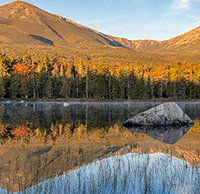
Releasing this summer, the Canon SL2 is the company's compact entry-level DSLR and successor to 2013's SL1 camera. The SL2 has proven popular among readers and it arrived in my hands earlier this week for a pair of Field Tests. To help whet your appetites for real-world SL2 shooting experiences, I wanted to share an image I captured of some fall foliage in Baxter State Park in northern Maine.
Unfortunately the sky was rather boring when I went north on Tuesday morning for sunrise. I do intend to get back up there with the SL2, likely next week, but the early morning sun and somewhat bland conditions offered me the opportunity to see what RAW files from the SL2 allow as far as processing is concerned. The SL2 is equipped with the same 24-megapixel APS-C sensor as the Canon Rebel T7i, so I expected pretty good image quality and a fair bit of flexibility when adjusting RAW files. So far so good.
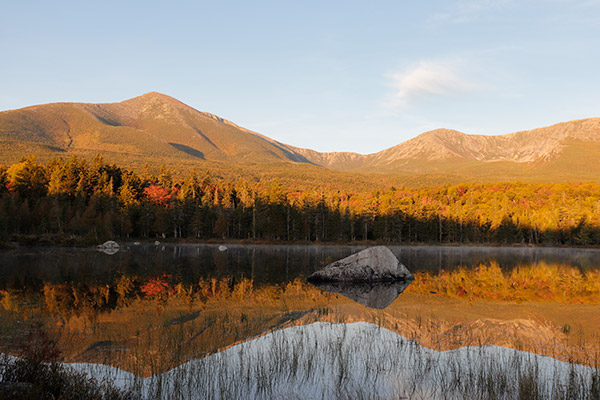
Using Adobe Lightroom and Google Nik plug-ins in Adobe Photoshop, I wanted to bring out additional detail in the shadows, add some sharpening, darken the sky and adjust colors a bit. The entire edit took only a couple of minutes but the SL2 produced a file with a good amount of flexibility.
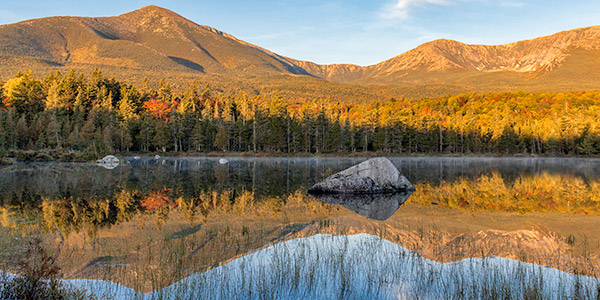
If we consider just shadow details, which I very commonly adjust when working on landscape images in particular, we can see that the SL2 captured quite a bit more detail than the straight from the camera JPEG image displays.
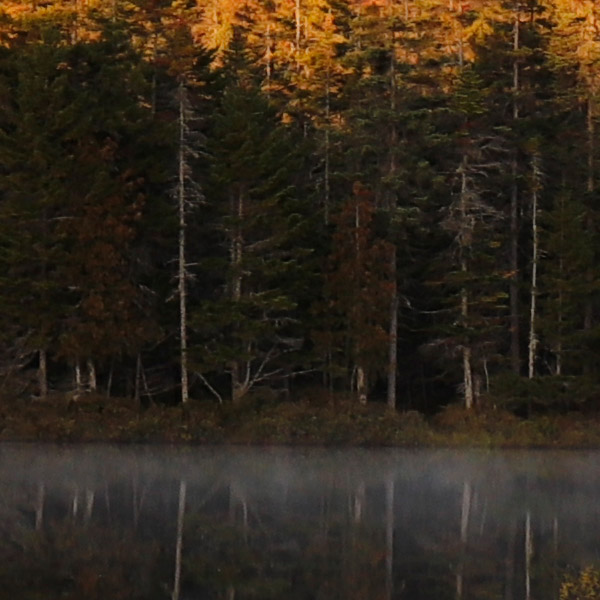
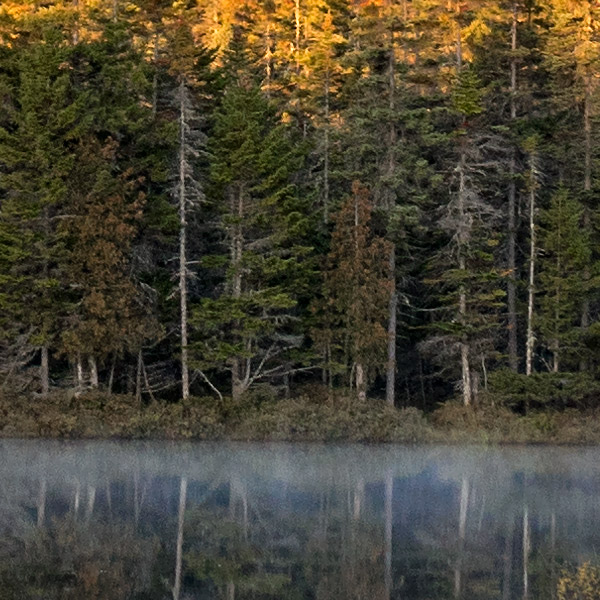
Sure, there is some noise introduced as well, which is normal, but if you shoot at lower ISOs the SL2's RAW files appear to offer quite a bit of flexibility. Further, the JPEG image was a little soft but a bit of sharpening shows that the SL2 and its 18-55mm kit lens are capable of resolving a nice amount of detail as well, particularly for an APS-C sensor with an anti-aliasing filter. Obviously you need to be wary of oversharpening, as you would with any camera, but I'm pleased with the final image - especially after I cropped out some of the bland sky.
Hopefully when I can make another trip to Baxter this fall, the conditions will be more dynamic. You can be sure I'll take the SL2 with me when I go. So far, the camera's sensor seems quite capable at lower ISOs. It'll be interesting to see how it handles low-light situations in the real world.
If you'd like to learn more about the Canon SL2 as I continue testing it in the field, head over to our Canon SL2 Overview and peruse our sample images and performance results from the lab.